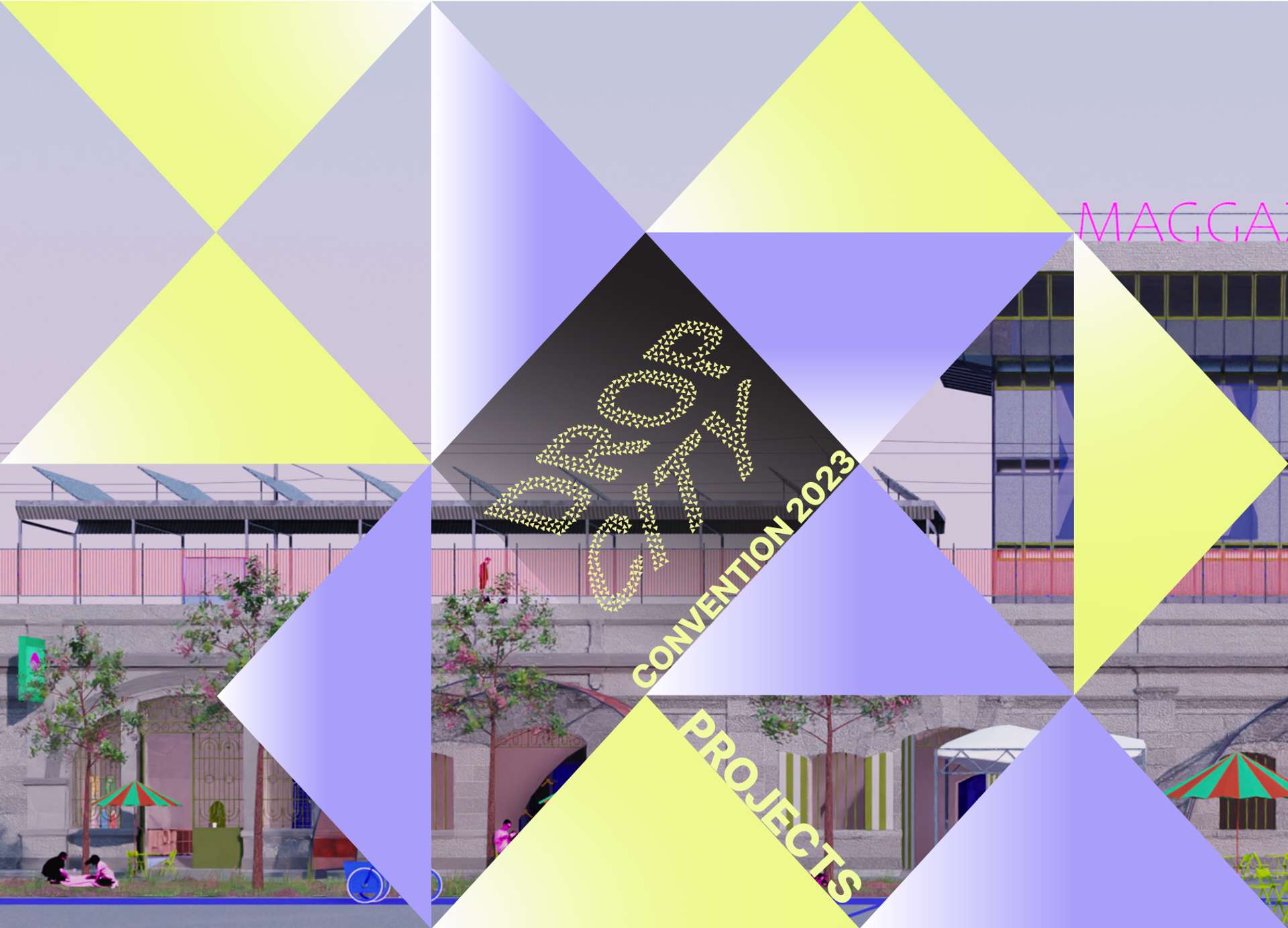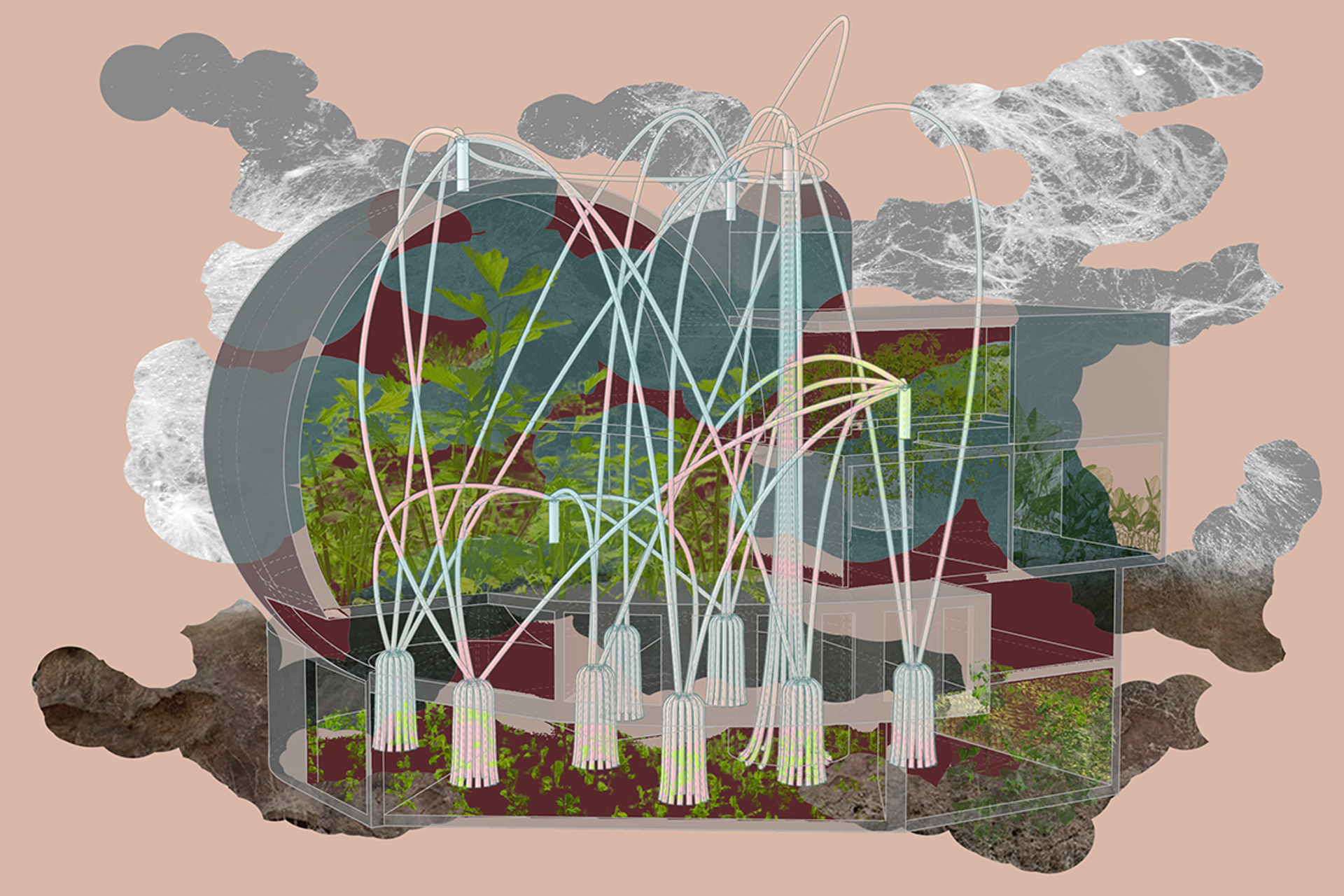Part of the "Tools" series of Abstractions.
The model [modus: measure] is a parallel form of reality, one of the first modus operandi used for design, to test measures and ideas. It is in conflict with virtual modelling, but the difference lies in its existence, which goes beyond the mere appearance of automatic design, which constitutes its autonomous and irreplaceable consistency. The expressive effectiveness of the material model has allowed the overcoming of the map – section – elevation triad, and it is continuously evolving.
The model in the digital era is considered as multi-faceted element, capable of receiving and transmitting spatial information, as the classical models do, but it also holds together various scales and notions of different spheres, such as knowledge concerning society or data regarding the territory within which the project develops. This flexible model manages to accompany the design process.
The cube contains specific in-depths with different scales and methods of representation depending on the needs, and a comic strip, fil rouge of the representation, which tells the story of the actors. This tool gives the possibility to communicate a complex project in an articulated, but readable way on different levels. The cube allows the viewer to experience the space of the project as if it was a theatrical scene where actors, architects, design objects and audience act together discussing the project idea. The scene, however, is no longer just a covering, a skin [skene : covered is similar to skytos : skin], but it becomes a physical element, a three-dimensional place of experience and knowledge. The model facilitates the relationship between author, graphic and user. The cube is an instrument that can be continually renewed, it is the testimony of a thought in process that accompanies the creative phase, facilitates the realization and allows to communicate the project, even in time’s flow.
Brief of the Scale/less Model competition.






